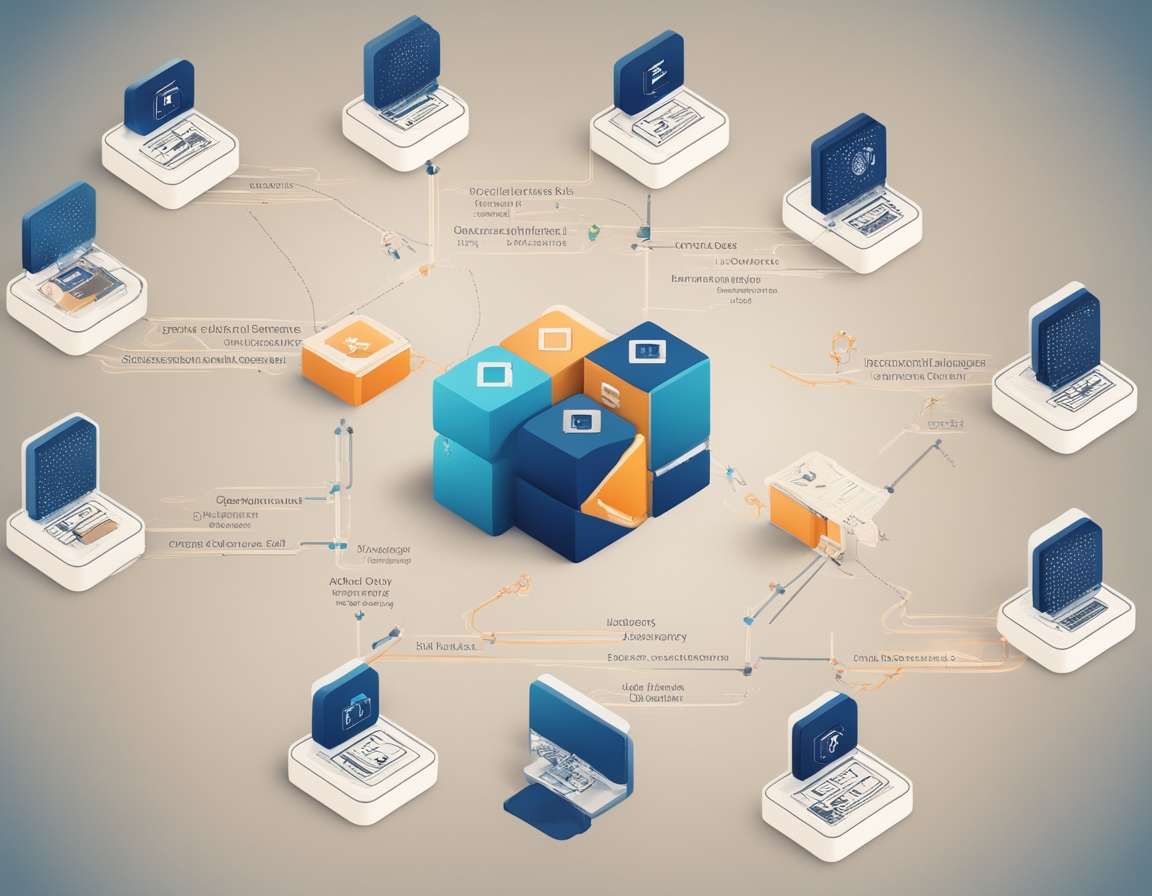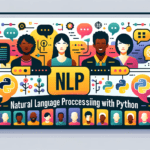Blockchain technology has revolutionized the way we think about data security, transaction transparency, and decentralized systems. Initially created to support Bitcoin, blockchain has since expanded into various industries, offering solutions that ensure data integrity, security, and efficiency. This article delves into the mechanics of blockchain, how blockchian works explaining its core components, operations, and the benefits it brings to the digital world.
The Fundamentals of Blockchain Technology
At its core, a blockchain is a distributed database that maintains a continuously growing list of ordered records, called blocks. These blocks are linked using cryptographic hashes, which ensure the integrity and chronological order of the data. Each block contains three main components: a cryptographic hash of the previous block, a timestamp, and transaction data. This structure forms a decentralized, distributed, and public digital ledger used to record transactions across multiple computers, making it virtually impossible to alter the record retroactively without altering all subsequent blocks and achieving consensus from the network.
Origin and Evolution of Blockchain
Blockchain was invented by the pseudonymous person or group known as Satoshi Nakamoto in 2008 to serve as the public transaction ledger for Bitcoin. This innovation solved the double-spending problem, which had plagued digital currencies by allowing the same asset to be spent more than once, without the need for a trusted authority or central server.
Since its inception, blockchain has extended beyond cryptocurrency, with proponents exploring its potential in various fields such as payment processing, supply chain monitoring, digital identity verification, data sharing, copyright protection, Internet of Things (IoT) management, and healthcare.
Key Components of Blockchain
Shared Ledger
A shared ledger is a fundamental component of blockchain technology. It is an append-only, distributed system of record shared across a business network. With a shared ledger, transactions are recorded only once, eliminating the duplication of effort common in traditional business networks. This ensures transparency and consistency across the network, as all participants have access to the same, immutable data.
Permissions
Permissions are critical for ensuring that transactions on the blockchain are secure, authenticated, and verifiable. They enable organizations to control who can participate in the network and what actions they can perform. This is particularly important for complying with data protection regulations such as the Health Insurance Portability and Accountability Act (HIPAA) and the EU General Data Protection Regulation (GDPR).
Smart Contracts
Smart contracts are self-executing contracts with the terms of the agreement directly written into code. These contracts automatically enforce and execute the terms of the agreement when predefined conditions are met. Smart contracts are stored on the blockchain and executed as part of a transaction, reducing the need for intermediaries and increasing the efficiency and transparency of business processes.
Consensus Mechanisms
Consensus mechanisms are protocols used to achieve agreement among distributed processes or systems. In the context of blockchain, consensus ensures that all participants agree on the validity of transactions before they are added to the ledger. Various consensus mechanisms include proof of stake, multisignature, and practical Byzantine fault tolerance (PBFT), each offering different methods of achieving network consensus and maintaining the integrity of the blockchain.
How Blockchain Transactions Work
When a transaction is initiated on a blockchain network, it follows several steps to ensure its validity and secure recording:
- Transaction Creation: A user initiates a transaction by creating a digital record, which includes the transaction details and a unique digital signature.
- Transaction Verification: The transaction is broadcast to the network, where nodes (computers) verify its authenticity using cryptographic algorithms. This involves checking the digital signature and ensuring that the user has sufficient funds or permissions for the transaction.
- Block Formation: Once verified, the transaction is grouped with other verified transactions to form a block. This block contains a cryptographic hash of the previous block, ensuring continuity and chronological order.
- Consensus Agreement: The network nodes use a consensus mechanism to agree on the validity of the block. Once consensus is reached, the block is added to the blockchain, becoming a permanent and immutable part of the ledger.
- Transaction Completion: The transaction is now recorded on the blockchain, and all network participants have an updated copy of the ledger. This ensures transparency and prevents any tampering or retroactive alterations.
Blockchain Applications and Benefits
Payment Processing and Money Transfers
Blockchain technology can significantly reduce the time and cost associated with traditional banking transfers. Transactions processed over a blockchain can be settled within seconds, eliminating the need for intermediaries and reducing transfer fees.
Supply Chain Monitoring
Using blockchain, businesses can quickly pinpoint inefficiencies within their supply chains, track items in real time, and monitor product performance from manufacturing to retail. This enhances transparency, improves quality control, and reduces losses due to inefficiencies or fraud.
Digital IDs
Companies like Microsoft are experimenting with blockchain to help individuals control their digital identities. Blockchain-based digital IDs give users control over who can access their data, enhancing privacy and security.
Data Sharing
Blockchain can act as an intermediary for securely storing and transferring data among industries. This ensures data integrity, reduces the risk of breaches, and enhances collaboration between different entities.
Copyright and Royalties Protection
Blockchain can create decentralized databases that ensure artists maintain their rights and receive transparent, real-time royalty distributions. This is also applicable to open-source developers, ensuring fair compensation and recognition for their contributions.
IoT Network Management
Blockchain can regulate IoT networks by identifying connected devices, monitoring their activities, and assessing their trustworthiness. This enhances the security and reliability of IoT ecosystems, reducing the risk of unauthorized access and cyber attacks.
Healthcare
In healthcare, blockchain can manage clinical trial data and electronic medical records while ensuring regulatory compliance. This improves data security, patient privacy, and the efficiency of healthcare operations.
Security Considerations
While blockchain is often touted as unhackable, it is not entirely immune to attacks. One significant vulnerability is the 51% attack, where a single entity gains control over more than half of a blockchain’s computational power, potentially corrupting the ledger’s integrity. Although such attacks are expensive and complex, they highlight the need for robust security measures.
Public blockchains, which allow any computer to join and validate transactions, offer less confidentiality compared to private blockchains, which restrict participation to known organizations. Public blockchains emphasize anonymity, while private blockchains use selective endorsement to ensure that only authorized participants can verify transactions.
Conclusion
Blockchain technology represents a significant advancement in how we record, verify, and share data. By providing a secure, transparent, and efficient way to conduct transactions and manage information, blockchain has the potential to transform various industries. Understanding how blockchain works, from its fundamental components to its real-world applications, is essential for leveraging its full potential and driving innovation in the digital age.



